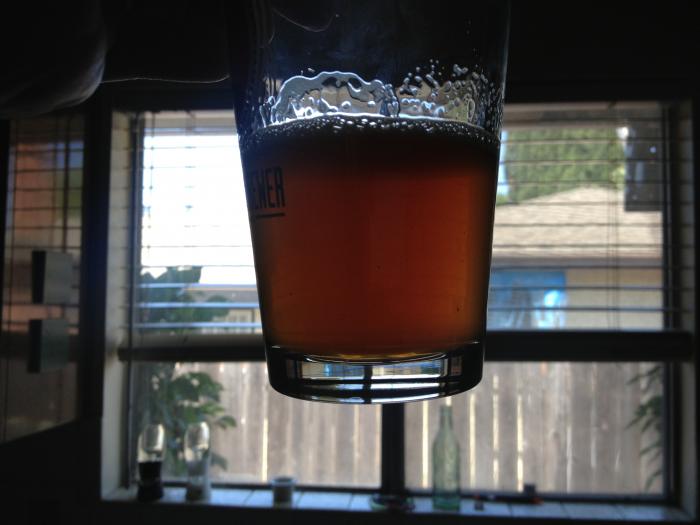dmcclain
Member
I'm planning on giving this a shot, but I have a quick question about it...
If you chill to 180ish and then do your hop stand does that negatively affect the formation of cold break and/or beer clarity?
I guess I've never really heard a good answer as to what specific temp. & time the wort needs to hit in order for the cold break to form & coagulate.
I was wondering the same. I've always tried to chill the wort as quickly as possible to keep my beer clear. I would certainly give up a bit of clarity for great flavor.







































